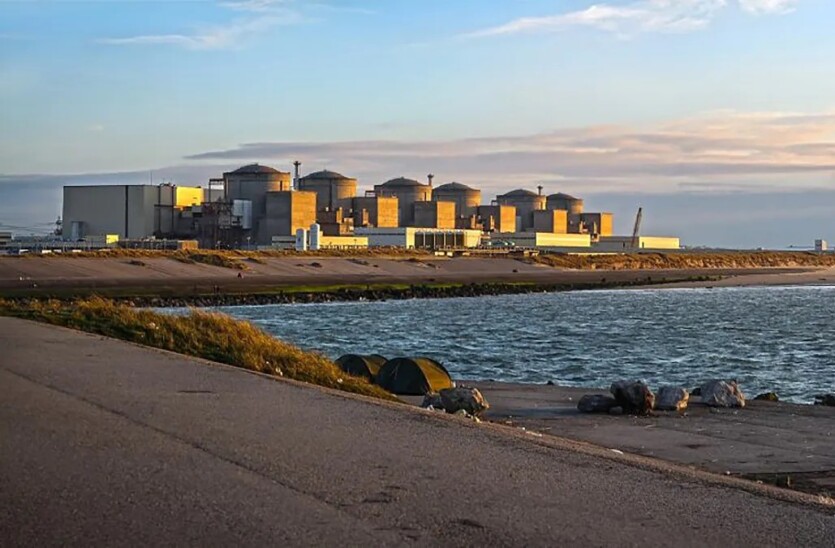
A flock of jellyfish in the north of France led to the shutdown of the Gravlin NPP, clogging the cooling filters.
Jellyfish near the North Sea coast, where the Gravlin NPP is located, got into the drum filters of the plant’s cooling system, which clean the water from debris. Due to the large number of jellyfish, that got into the filter, there was automatic shutdown of all four reactors.
According to The Guardian, this happened at the same time, as the other two reactors at Gravelyn were taken out for summer scheduled maintenance. On Sunday, August 10, the nuclear power plant, which is capable of providing electricity to about 5 million people, shut down completely.
How reports Montel News, France has temporarily lost 10% of its power generation capacity. Fortunately, the safety system at Gravlin NPP worked effectively and prevented a possible catastrophe.
EDF, the company that runs the plant, said, the incident caused no damage to facilities, personnel or the environment, and there were no no long-term security issues. The station is expected to resume operations once the filters are cleaned and work can continue.
Such incidents have already become a problem for nuclear power plants located on the coast. Similar incidents occurred at stations in Sweden in 2013, in Scotland, Israel, Japan and Florida in 2011, and in California in 2008.
It is difficult to counteract the jellyfish invasion, as the period of their flowering is not easy to predict. They usually appear unexpectedly, and when this happens near a nuclear power plant, operators have to react to it.
Jellyfish blooms are becoming more common, not least due to human activity. Rising ocean temperatures are favoring jellyfish, which are also finding more food as large-scale fishing for fish and other marine life and warming temperatures drive competitors out of their environment.
Meanwhile, British and French researchers from the University of Cranfield in the studyheld in 2020, proposed the use of drones for early detection of hazards such as jellyfish for industrial facilities, including nuclear power plants.
According to the researchers, regular data collection over a large area using drones can become part of an early warning system. It will allow adjusting the operation of water cooling mechanisms to protect power generation and the environment.
Source: Gizmodo

Spelling error report
The following text will be sent to our editors: